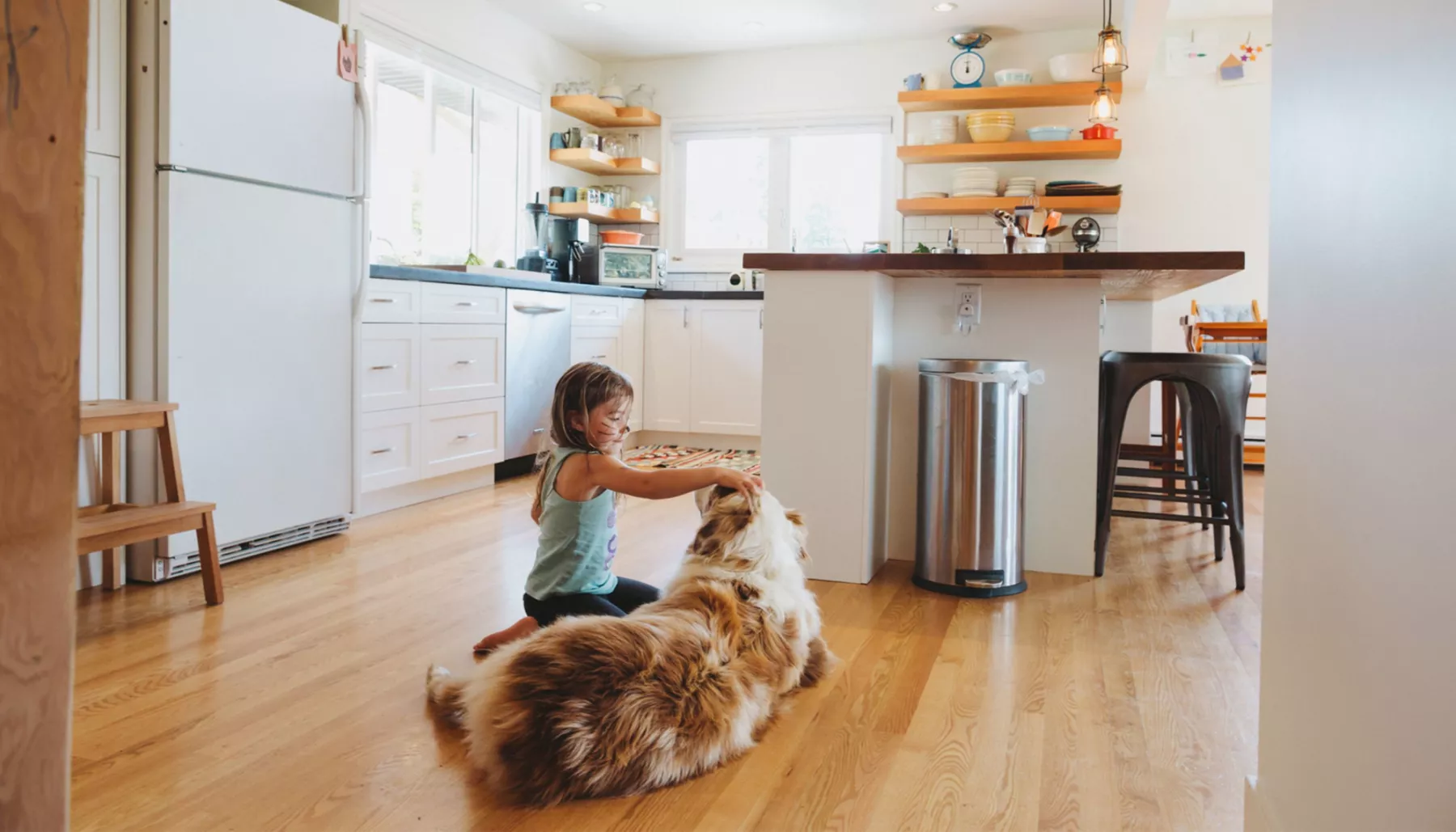Do you believe in the “five-second rule” – the urban legend that you can safely eat food dropped on the floor, so long you pick it up within five seconds? Researchers are still debating the idea, but the consensus seems to be that bacteria will immediately transfer from the floor to your food, but probably not enough to make you sick on dry foods like cookies or chips.1 On moist food, like buttery toast or a piece of chicken, you probably want to just throw it out.2
Whether or not you’re willing to eat something a few seconds after you drop it, you probably should be concerned about all the bacteria on floors, particularly in public places. A Microban® study incubated samples from public spaces, and here’s what we found growing on one supermarket bathroom floor:

Pretty disgusting, right?
It’s no wonder: University of Arizona researchers tested the bottoms of people’s shoes and found nine different species of bacteria – including ones that can cause stomach, eye and lung infections – living there. Even worse: they reported bacteria live longer on our shoes than on other surfaces, and 90% to 95% of shoe-borne bacteria transfer onto tile floors.3
Aside from scrubbing your floors 24/7, leaving your shoes and your pets outside, and never, ever entering a public restroom, what can you do to minimize the health risks of bacteria on the floors you walk on?
While disinfectant chemicals like bleach and peroxide will disinfect your floors, they may also be harmful if swallowed, inhaled or touched with bare skin, and they may damage surfaces. One good option is using flooring impregnated with minute amounts of silver. Silver has been known for centuries to help prevent bacteria growth – ancient Phoenicians put their vinegar, water and wine in silver containers to keep it fresh.4
Silver works because it disrupt bacteria’s metabolism by preventing it from converting nutrients into energy, which inhibits bacteria survival, reproduction and colonization.5,6,7
So, if you have a silver-treated floor, rest assured that food dropped on the floor will remain to eat – maybe for even longer than five seconds.
Sources:
- Hilton, A. Preliminary findings reported in “Researchers prove the five second rule is real.” Aston University news service, March 10, 2014.
- Dawson, P., Han, I., Cox, M., Black, C. and Simmons, L. Residence time and food contact time effects on transfer of Salmonella Typhimurium from tile, wood and carpet: testing the five-second rule. Journal of Applied Microbiology, 207; 102: 945–953. doi: 10.1111/j.1365-2672.2006.03171.x
- Maxwell, S., and Gerba, C.P. Shoe study. 2008; Retrieved 3/27/2014
- The Silver Institute. Silver as an anti-bacterial. Retrieved 3/27/14
- Rosenkranz, H.S. & Carr, H.S. Silver sulfadiazine: Effect on the growth and metabolism of bacteria. Antimicrob Agents Chemother, 1972; 2(5):367-372.
- Jung, W. K., Koo, H. C., Kim, K. W., Shin, S., Kim, S. H., & Park, Y. H. Antibacterial activity and mechanism of action of the silver ion in Staphylococcus aureus and Escherichia coli. Applied and Environmental Microbiology, 2008; 74(7), 2171-2178.
- Morones-Ramirez, J., Winkler, J. A., Spina, C. S. & Collins, J.J. Silver Enhances Antibiotic Activity Against Gram-Negative Bacteria. Science Translational Medicine, 2013; 5(190), 190ra81. http://dx.doi.org/10.1126/scitranslmed.3006276.


